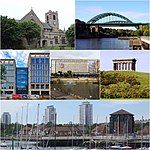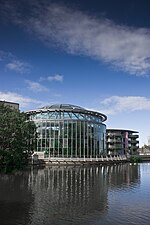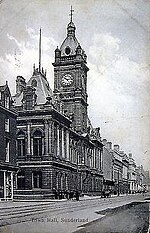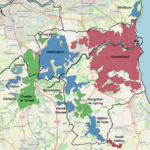Sunniside, Sunderland
City of Sunderland suburbsSunderland
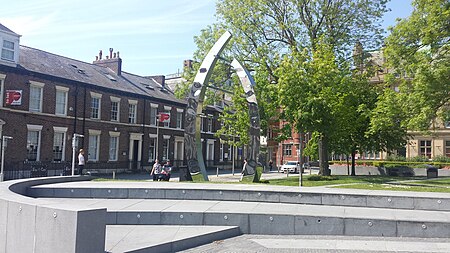
Sunniside is a district of Sunderland, North East England, towards the eastern side of the city centre, bounded to the west by Fawcett Street, to the south by Borough Road, and to the north and east by the Inner Ring road. A significant programme of urban development has established Sunniside as a centre of culture, film, dining, entertainment and art in the city. It is also known as the historic heart of Sunderland's legal and real estate sectors, with many solicitors and estate agencies based in the area.
Excerpt from the Wikipedia article Sunniside, Sunderland (License: CC BY-SA 3.0, Authors, Images).Sunniside, Sunderland
Norfolk Street, Sunderland East End
Geographical coordinates (GPS) Address Nearby Places Show on map
Geographical coordinates (GPS)
| Latitude | Longitude |
|---|---|
| N 54.90657 ° | E -1.37808 ° |
Address
Norfolk Street
Norfolk Street
SR1 1EE Sunderland, East End
England, United Kingdom
Open on Google Maps
